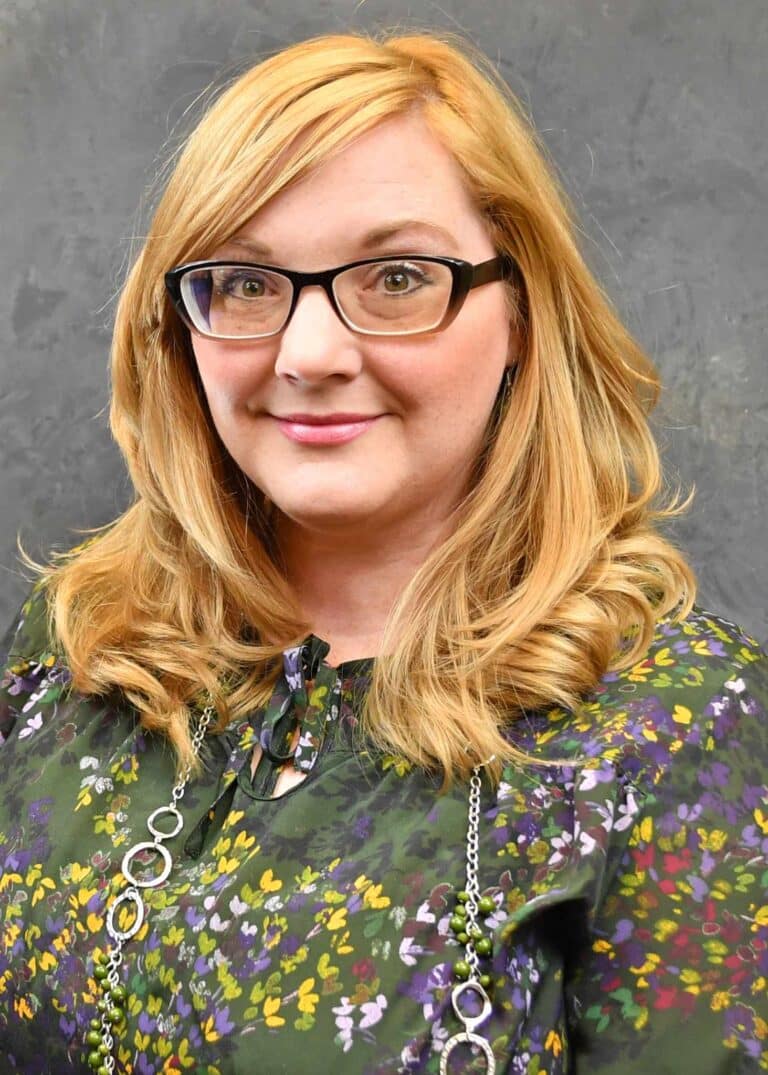By Tabitha Bozeman
The ways that definitions of words shift and change have always fascinated me. The Oxford English Dictionary, or OED, tracks these changes from the first time a word appears in writing to its present-day usage.
For example, one of my favorites is the word “lady,” which began as a humble designation for “the kneader of the dough.” It then shifted into a title for the aristocracy and shifted again to signify a well-behaved woman. “Lady” then became one of many general signifiers of gender.
The word “social” is another interesting word that keeps popping up in my life and teaching. The word has several definitions when Googled, including “relating to society or its organization” or “needing companionship, therefore best suited for living in communities” or “an informal social gathering” or even a definition that is fairly new to the lexicon: “social media sites, applications or accounts.”
A short film I show students is “A Social Life, which takes place entirely in a young woman’s apartment. We see her waking up and immediately reaching for her phone to scroll through her social media. She comes in from work and sets up a photo op, posting as if she is cooking herself a beautiful meal and then reaches for leftover take-out. The film continues in a similar way, and the rest of the film is a time-lapse of her scrolling through posts, sleeping, scrolling and posting and setting up more photo ops – all from her small and dim living room. There is no sound track or dialogue but there are moments when replies to her pictures pop up for the viewer to read.
The woman finally stands in front of a mirror as posts from her online friends stream across the screen. She drops the phone to the floor and walks out of the room, down the stairs and out the door. Daylight floods her apartment for the first time in the film as she leaves and the film ends.
The scenes from that movie stuck with me and have been a great opportunity to start conversations in class about what “social” really means.
Another video I often pair with this film is a TedEX video of a researcher presenting the findings of the study that concluded that it is more impactful to longevity to have brief in-person social interactions and connections than it is to be a non-smoker, be perfectly fit or have low blood pressure. These two videos together have produced thought-provoking class discussion and some solid backup for the limits we give our kids regarding social media.
The word “social” is closely related to “society,” and even classrooms develop into a kind of society. Any teacher will tell you that the level of socialization in a classroom fluctuates according to the individuals in any given class, as well as the topic of the day. Regardless of the level of social activity, though, classes eventually establish a unique social structure. I watch it happen every semester.
“Society” is defined as “the aggregate of people living together in a more or less ordered community.” Sometimes it is hard to define “society” without a knee-jerk reaction that involves separating people into “us” and “them” categories. It is also hard to define “social connection” when there are so many options that are virtual and that allow a high degree of selectivity.
It can feel like we are each existing in our own little bubbles much like the woman in the short film, occasionally bumping into those around us but not quite connecting because of the sphere we keep around us is carefully curated. Most of the time, work, school, family and activities keep us busy enough that we don’t notice the resistance to real connection we often have as we float through our days.
Since researchers began tracking the word “social” around the year 1800, the use of it in daily conversation has increased nearly 350 percent. Unsurprisingly, the steepest uptick in the word corresponds with the development of social media platforms. What is surprising is how the word has ceased to accurately reflect the physical elements of “social interaction” and “living together” inherent to its original definitions and morphed into a word that reflects the insulated and curated existence we often find ourselves experiencing. My children and students are easily able to distinguish between these shifting meanings and are more often than not happy to choose the physical, in-the-present-moment social interaction over virtual.
This is a shift I am happy to see because it has genuinely surprised me. I think the shutdown we lived collectively has a lot to do with this. We are still experiencing the after-effects of isolation, and it seems to have swung the pendulum toward seeking genuine connection.
Is social media going to disappear? No. Is society going to dissolve into total chaos overnight? Also, no. Definitions shift and change because we are alive and language is dynamic. Remembering this always gives me hope when I’m feeling anxious, because as W.E.B. du Bois encourages us, “Believe in life! Always human beings will progress to great, broader and fuller life.”
Tabitha Bozeman lives in Gadsden with her family and teaches English at Gadsden State Community College, where she is the editor-in-chief of the Cardinal Arts Journal. The opinions expressed in this column are her own. Tabitha may be reached via e-mail at tabithabozeman@gmail.com.





